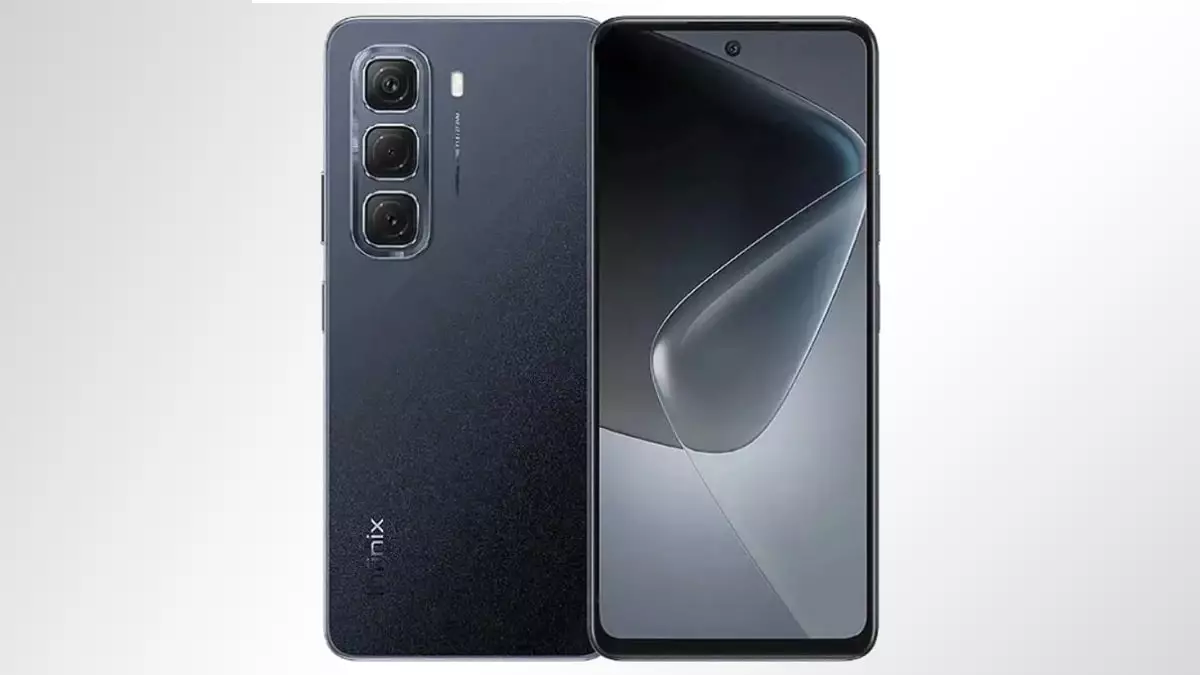The Infinix Hot 60i’s recent, quiet debut in Bangladesh feels like a missed opportunity rather than a genuine advancement in the budget smartphone arena. At first glance, it almost seems like Infinix has simply recycled its Hot 50i, applying minor tweaks that do little to inspire or stand out in an increasingly competitive market. The handset’s design and core specifications barely deviate from its predecessor, which raises the question: why should consumers get excited about this iteration?
With a 6.78-inch LCD screen, 120Hz refresh rate, and an arguably sufficient 50-megapixel primary camera, the Hot 60i ticks basic boxes. But in 2024, these specs are hardly groundbreaking or exceptional for a budget device. The maximal brightness of 800 nits and a Full-HD+ screen resolution may suffice, but they don’t propel the device into any realm of impressive user experience. Infinix’s choice to stick with an LCD panel instead of stepping up to OLED—now common even in entry-level phones—is a glaring sign of cautious conservatism rather than innovative ambition.
Underwhelming Performance and Software Choices
Equipping the Hot 60i with the MediaTek Helio G81 Ultimate SoC is a clear indication of Infinix’s conservative engineering strategy, leaning on a chipset that has been on the market for some time. While it manages acceptable performance for everyday tasks, it falls short in delivering smooth, future-proof user experience that mid-range phones nowadays promise.
Running XOS 15.1, based on Android 15, one would expect a fresh, optimized software layer. Yet, Infinix’s custom UI historically struggles with bloat and sluggishness—an issue that may detract from user satisfaction despite the contemporary base Android version. The handset’s feature set, including a side-mounted fingerprint scanner and familiar connectivity options like 4G LTE and NFC, feels standard but uninspired. There is no mention of 5G support, which increasingly becomes a necessity even in budget phones, highlighting Infinix’s reluctance to fully embrace current network standards.
Pricing That Doesn’t Justify Mediocrity
At approximately Rs. 9,800 for the base variant with 6GB RAM and 128GB storage, and a slightly higher price for the 8GB + 256GB model, the Hot 60i finds itself in a fiercely competitive segment. Brands like Realme, Xiaomi, and Samsung offer devices with more compelling features and better build quality for similar or marginally higher prices, putting Infinix at a disadvantage.
The battery is perhaps the most promising aspect here, boasting a substantial 5,160mAh capacity with 45W charging capability. This could appeal to users prioritizing endurance over flashy specs. However, given the performance compromises and average display technology, the battery alone cannot redeem the device’s lackluster appeal.
What This Means for the Consumer and Market
Infinix’s cautious approach with the Hot 60i reflects a broader reluctance among some emerging market manufacturers to leap into more ambitious innovation, possibly afraid of alienating their existing low-budget customer base. However, consumers today demand more than incremental upgrades and recycled designs, even at lower price points. With competitors aggressively packing features like 5G, better displays, and improved cameras into budget phones, Infinix risks slipping into irrelevance if it doesn’t recalibrate its strategy.
The absence of any clear launch plans outside Bangladesh further signals a tentative market approach, lacking the confidence to take this model to broader audiences. If Infinix wants to maintain a foothold in the crowded budget segment, it must push beyond safe, incremental changes and provide real value—whether through better performance, stronger software experiences, or genuinely novel features that resonate with the modern user’s expectations.



Leave a Reply